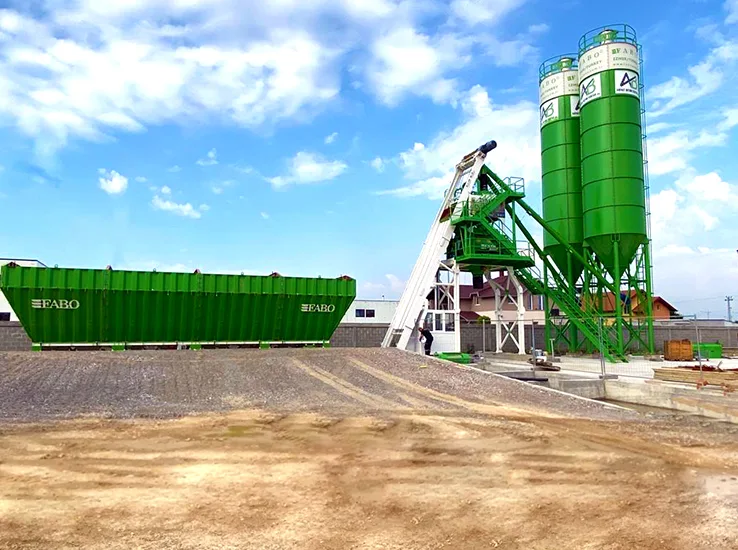Concrete batching plant is a type of facility generally used in the construction industry. These plants provide quick and reliable supply of concrete. Large-scale construction projects, road construction, dam construction, building construction, and other infrastructure projects use it.
Concrete batching plant produces concrete by mixing cement, sand, gravel, water and sometimes admixtures in specific proportions. These plants produce concrete mixes in large quantities and the plants have intensive production operations. Companies frequently use specialized equipment and control systems to guarantee the quality of the mix.


